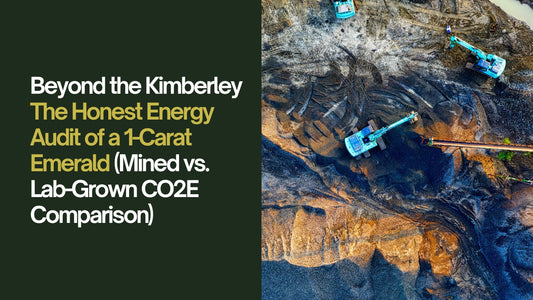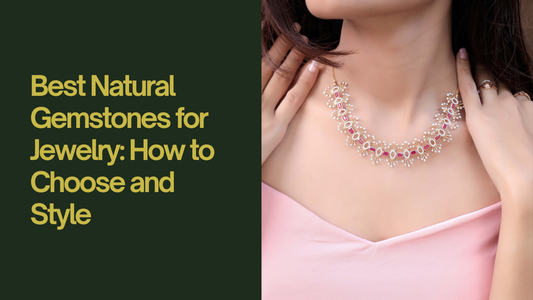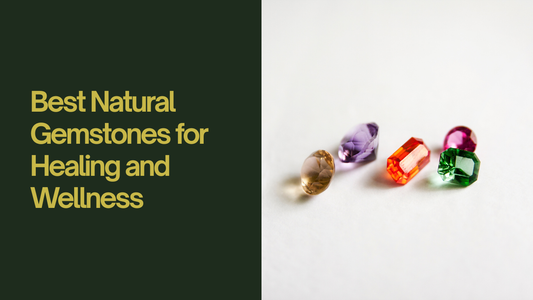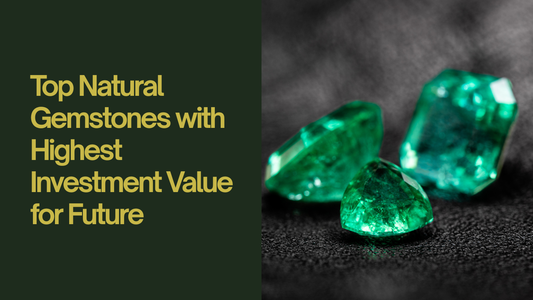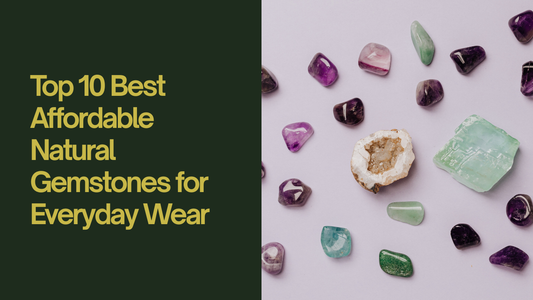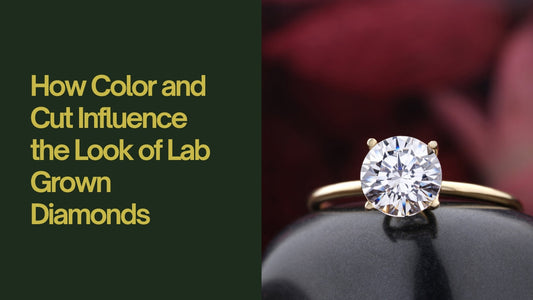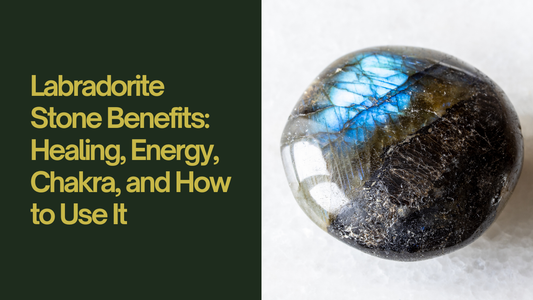
Natural Beryl vs. Synthetic: How to Spot the Difference
Beryl stone is a beautiful mineral that comes in many colors. Some of the most famous gemstones, like emerald (green beryl) and aquamarine (blue beryl), are types of beryl. People love beryl for its bright colors and shiny look. But did you know that not all beryl stones are natural? Some are made by humans in laboratories. These are called synthetic beryl. It's important to know the difference between natural and synthetic beryl, especially if you want to buy a beryl gemstone. This guide will help you understand how to tell them apart.
What is Natural Beryl?
Natural beryl forms deep inside the Earth over millions of years. Different elements mix with the beryl to give it various colors. For example:
-
Emerald: Green color from chromium or vanadium.
-
Aquamarine: Blue to blue-green color from iron.
-
Morganite: Pink color from manganese.
-
Heliodor: Yellow color from iron.
Each type of beryl has its own special beauty and is found in different parts of the world.
What is Synthetic Beryl?
Synthetic beryl is made by scientists in laboratories. They use special methods to create beryl that looks like natural beryl. One common method is the hydrothermal process, where crystals grow in hot water solutions under high pressure. Synthetic beryl has the same chemical makeup as natural beryl and can look very similar.
Why Make Synthetic Beryl?
There are a few reasons why people make synthetic beryl:
-
Cost: Natural beryl, especially high-quality emeralds, can be very expensive. Synthetic beryl offers a more affordable option.
-
Availability: Some types of beryl, like red beryl (bixbite), are very rare in nature. Making them in labs provides more stones for people who want them.
-
Quality Control: Scientists can create synthetic beryl with fewer flaws or inclusions than natural stones.
How to Tell the Difference Between Natural and Synthetic Beryl
Even though synthetic beryl looks like natural beryl, there are ways to tell them apart. Here are some methods:
1. Look for Inclusions
Inclusions are tiny imperfections inside a gemstone. Natural beryl often has inclusions like gas bubbles, other minerals, or tiny cracks. Synthetic beryl usually looks clearer because it's made in controlled conditions. However, some synthetic beryl might have unique inclusions from the manufacturing process.
2. Check the Color
Natural beryl comes in various colors, but these colors can have slight variations. Synthetic beryl might have very bright and even colors that look almost too perfect. If a gemstone's color looks unusually vivid and uniform, it might be synthetic.
3. Examine the Crystal Shape
Beryl naturally forms in hexagonal (six-sided) crystals. If you have an uncut beryl crystal, check its shape. Natural beryl should have this hexagonal form. Synthetic beryl might not have well-formed crystals or could look different.
4. Test the Refractive Index
The refractive index (RI) measures how light bends as it passes through a gemstone. Natural beryl has an RI between 1.57 and 1.60. Synthetic beryl should have a similar RI, but slight differences might be detected with precise instruments.
5. Measure Specific Gravity
Specific gravity (SG) is the density of the gemstone. Natural beryl's SG ranges from 2.63 to 2.90. Synthetic beryl should have a similar SG, but slight variations can occur due to differences in composition.
6. Observe Fluorescence
Some beryl stones glow under ultraviolet (UV) light. Natural and synthetic beryl might show different fluorescence patterns. For example, synthetic emeralds might glow a dull red under UV light, while natural emeralds might not fluoresce at all.
7. Seek Professional Help
If you're unsure about a beryl gemstone, it's best to consult a professional gemologist. They have specialized tools and knowledge to accurately determine if a beryl is natural or synthetic.
Why It Matters
Knowing whether a beryl gemstone is natural or synthetic is important for several reasons:
-
Value: Natural beryl is usually more valuable than synthetic beryl.
-
Personal Preference: Some people prefer natural gemstones for their uniqueness and natural beauty.
-
Investment: If you're buying gemstones as an investment, natural stones typically hold more value over time.
Conclusion
Beryl gemstones are stunning and come in many colors. While both natural and synthetic beryl have their own appeal, it's essential to know which one you're getting. By looking for inclusions, checking the color, examining the crystal shape, and using other methods, you can tell the difference between natural and synthetic beryl. Always consider seeking expert advice when in doubt to ensure you're making an informed decision.

